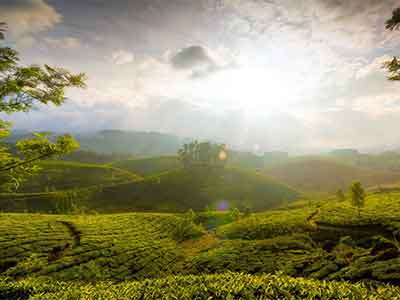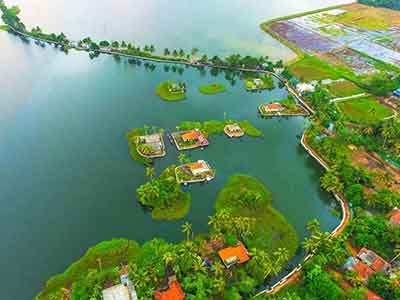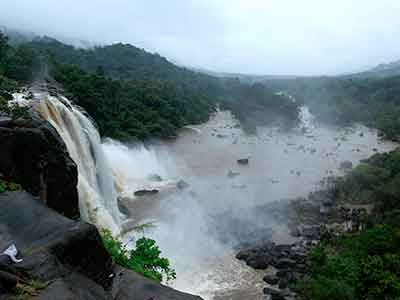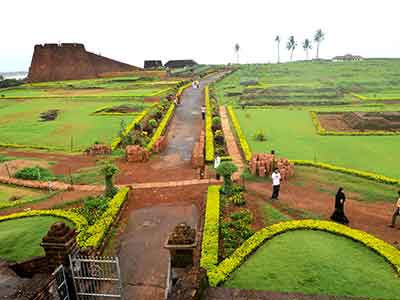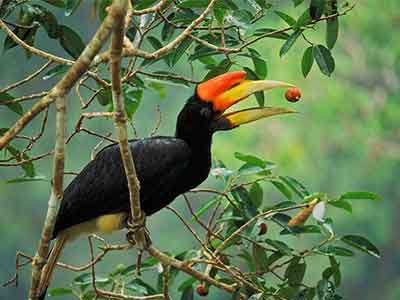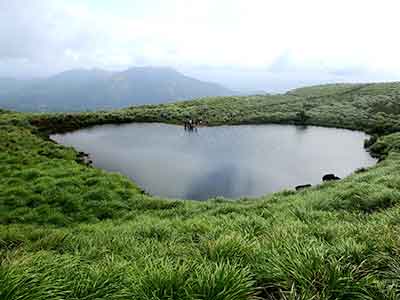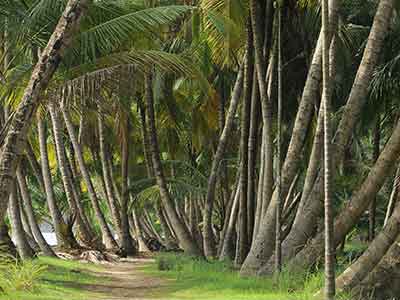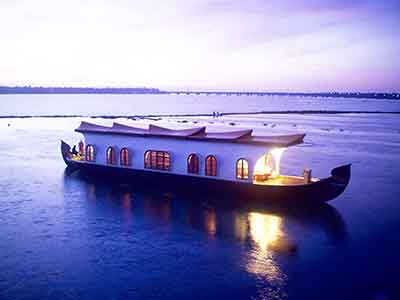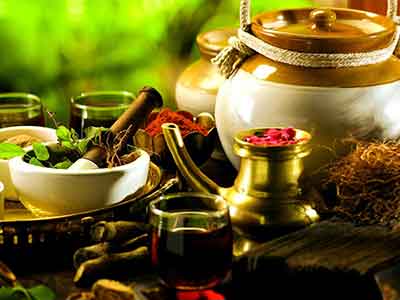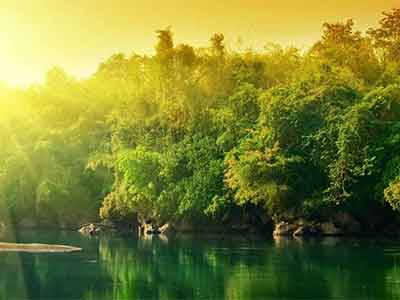Email: sales@travioholidays.in
Help: +91 98950 53303

Once a quaint port town, today, Mangalore is a rapidly growing industrial area as well. Officially named Mangaluru, it is located about 350 kilometres west of the state capital, Bangalore, snug between the Arabian Sea and the Western Ghat mountain range.
At different points in the town’s history Mangalore was ruled by several dynasties – the Kadambas, Alupas, it was part of the Vijayanagar Empire, the Keladi Nayaks, and the Portuguese. Strategically located, the city was then a bone of contention between the British and the Mysore rulers, Hyder Ali and Tipu Sultan. Annexed by the British in 1799, Mangalore remained in the Madras Presidency until India’s independence in 1947, when it became a part of the state of Mysore and later Karnataka.
The city’s landscape is picturesque, composed of undulating hills, groves of coconut palms, freshwater streams, pristine beaches, broad roads winding through serene residential areas- many houses with hard red-clay tiled-roofs. The topography of the city is plain up to a point inland and then climbs sharply to the undulating hilly terrain towards the east. Mangalore is situated beside the backwater of the Netravati and Gurupura rivers. The rivers encircle the city, with the Gurupura flowing around the north and the Netravti, the south of the city. The rivers form an estuary at the south-western region of the city and flow into the Arabian Sea.
If the sun, sea and lengthy expanses of pristine beaches topped with generous slices of history is an ideal holiday, then Mangalore is the destination to pick. Several scenic beaches line the coast near Mangalore – Mukka, Panambur, Tannirbavi, Suratkal, and Someshwara, fringed by seemingly endless stretches of coconut and Ashoka trees.
Seemanthi Bai Government Museum
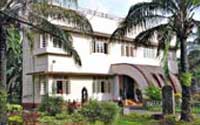
The Seemanthi Bai Museum is located at Bejai in the heart of Mangalore and is the city’s only museum. The collection in the museum provides a fairly evocative historical connect link between modern Indian history and the 16th century with its ancient coins (that point to the port’s historical links with voyagers from different parts of the world), coins belonging to British East India Company and beautiful paintings on display.
The museum’s exterior is shaped like a ship and it has been named after Seemanthi Bai, the mother of V.R. Mirajkar,the founder of the museum and built in 1955. The museum’s collection also features a trove of metallic icons, statues, lamps and lamp stands, teapots from Kashmir and inscriptions on copper plates including one that displays the verses of Keladi Venkatappa Nayaka, dating from 1624 AD.
Mangalore Beach
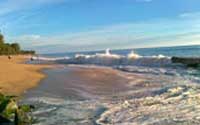
Situated in the Kadri Hills outside the city, the Kadri Manjunatha temple is dedicated to the god Manjunatheshwara and is believed to have been built during the 10th or 11th century. Historians and mythology date the idol of the deity in the temple as the oldest in temples of South India. For a brief period in its history the temple was probably a Buddhist centre of worship for Buddhism was once practiced in the area around the 10th century AD- statues of Machendranath, Gorakanath, Shringinath, Lokeshwara, Manjushri and Budha are on view inside the temple . But after the decline of Buddhism the devotion to Manjusri and Avalokiteśvara continued in this region. A bronze statue of Lokeshwara in the seated position with three faces and six arms inside the temple is said to be the finest example of its kind in India. A natural spring behind the temple called Gomukha flows into small ponds beside the temple surrounded by picturesque gardens. Visitors wash their feet in the ponds before entering the temple – a Hindu ritual.
KadriManjunath Temple
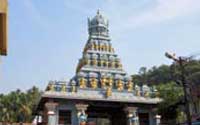
Situated in the Kadri Hills outside the city, the Kadri Manjunatha temple is dedicated to the god Manjunatheshwara and is believed to have been built during the 10th or 11th century. Historians and mythology date the idol of the deity in the temple as the oldest in temples of South India. For a brief period in its history the temple was probably a Buddhist centre of worship for Buddhism was once practiced in the area around the 10th century AD- statues of Machendranath, Gorakanath, Shringinath, Lokeshwara, Manjushri and Budha are on view inside the temple . But after the decline of Buddhism the devotion to Manjusri and Avalokiteśvara continued in this region. A bronze statue of Lokeshwara in the seated position with three faces and six arms inside the temple is said to be the finest example of its kind in India. A natural spring behind the temple called Gomukha flows into small ponds beside the temple surrounded by picturesque gardens. Visitors wash their feet in the ponds before entering the temple – a Hindu ritual.
Lighthouse Hill Garden
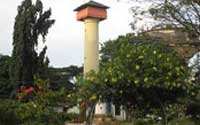
Haider Ali of Mysore is believed to have constructed this historical light house in Mangalore. A garden beside the lighthouse offers a stunningly beautiful view of the sea and vistas of colourful fishing boats and merchant ships through the day. At the end of the day, splendid sunsets illuminate the western horizon. The newly renovated garden is full of majestic trees and flowering plants and contains a small artificial stream that flows down a rock strewn channel. For visitors with an intellectual bent of mind there is a public library at the base of the light house.
Our Top Tour Packages in South India
The four states that constitute South India are composed of distinctive geographic regions - narrow plains that fringe peninsular South India beside the Arabian Sea and the Bay of Bengal with two mountain ranges running alongside and the rocky hardtop of the Deccan and fertile central plains.
